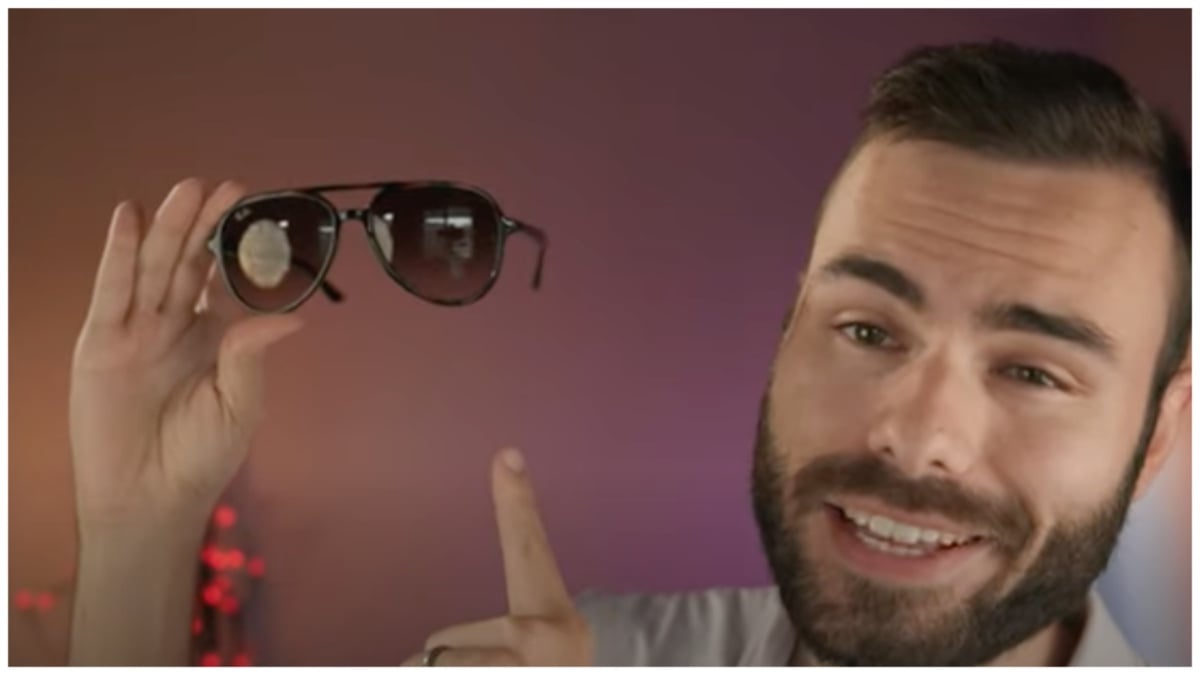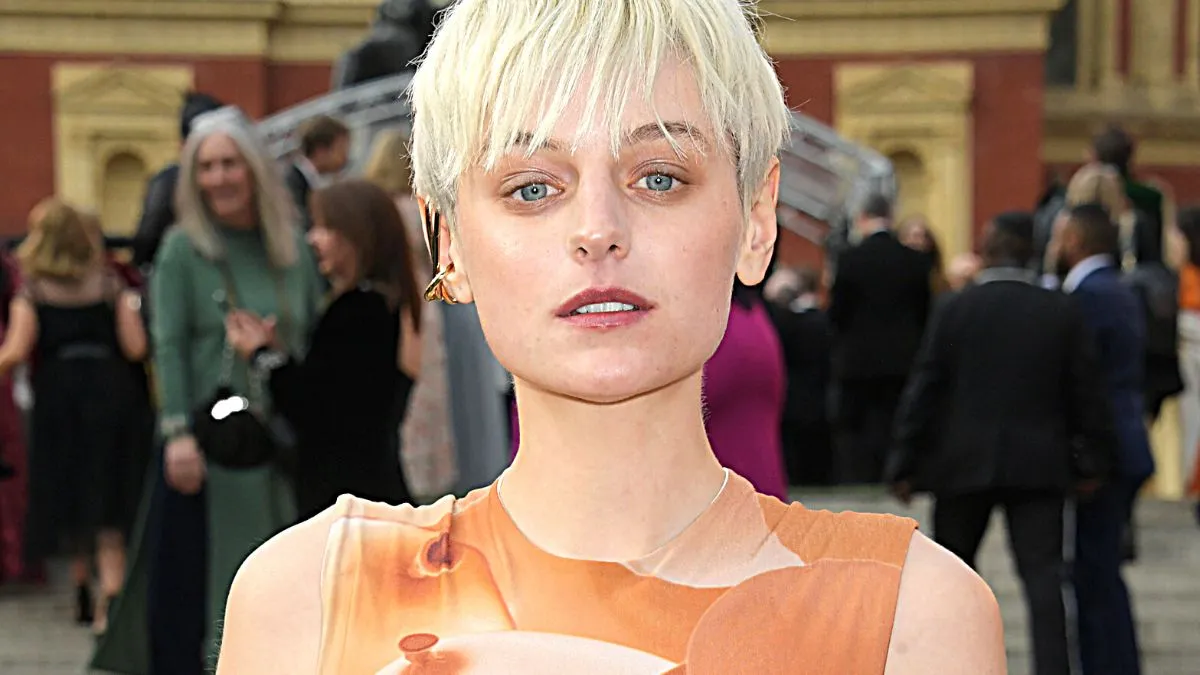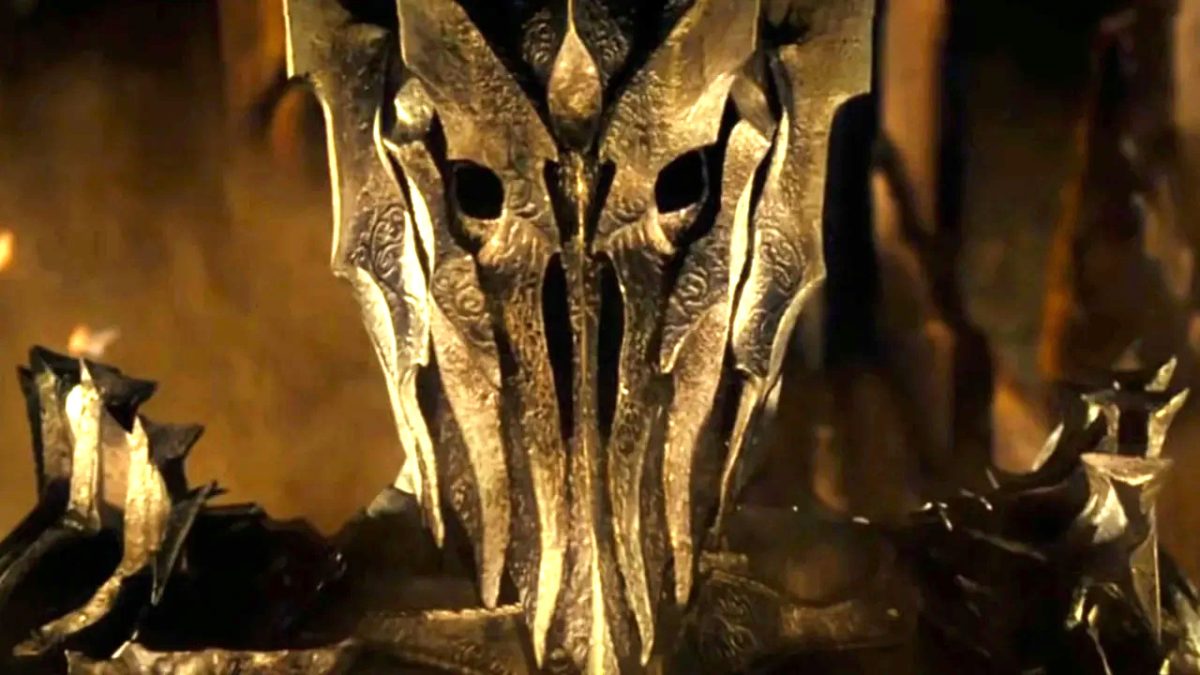5) Sex And The City (2008 – 2010)

- 2 films with a combined budget: $165 million
- International Box Office: $538 million
The feature length instalments of the HBO comedy series, based on the novel of the same name by Candace Bushnell, proved to be as popular with cinema-goers as TV audiences. Starring Sarah Jessica Parker, Kim Catrall, Kristin Davis and Cynthia Nixon as four women living their very different lives in New York City, the Sex And The City franchise is an interesting property when it comes to its representation of women.
It is easy to dismiss the collective tales of Carrie, Samantha, Charlotte and Miranda as nothing more than the standard, stereotypical chick-flick fare – with ladies spending a large proportion of their time simpering over the men in their lives. It is surprising then, that the films did so well at the box office – because such enormous figures would suggest that the audience comprised more than just the fans of the TV show.
In fact, look beyond the relationship crises and obsessive dating, and what you have are four women with wildly different goals and desires, negotiating how to fit those into general society, which is pre-disposed to judge them negatively for their choices. Writer Carrie is in love with a man that most people disapprove of, and though she longs for commitment, has little interest in pro-creation. PR executive Samantha is as joyous in her sexual inhibition as she is unapologetic in her career-mindedness. Curator Charlotte, conservative in her desires and mindful of appearance and status, embraces alternatives when she finds more traditional pathways are closed to her. Self-sufficient lawyer Miranda finds her carefully regimented lifestyle disrupted in a wide variety of ways, as she learns to be more emotionally engaged.
Similarly, in spite of the title, the romantic entanglements of the women are not actually the centre of the movies. At their core, these are films about women’s friendships with women. In the first film, it is not a man that Carrie races across town to be with at midnight on New Year’s Eve, but her best friend Miranda. In the second film, it is not strong, powerful men that rescue the women from an irate throng in an Abu Dhabi souq, but a group of like-minded women. Ultimately, their relationships with their men are peripheral, and simply tools to further the narrative. The real subject matter here is the bonds between women.










Published: Apr 3, 2014 10:16 am